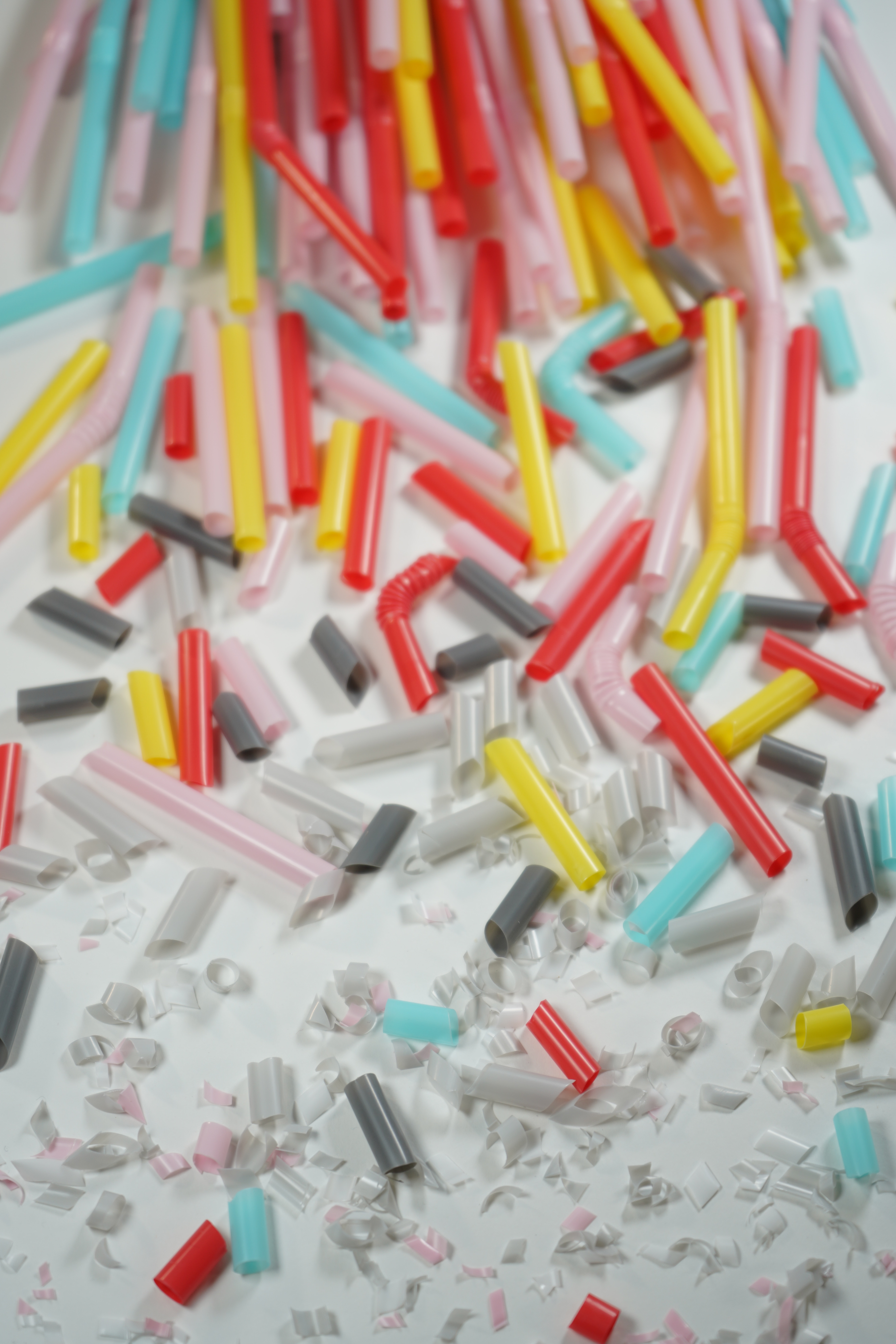
Is microplastic pollution the real environmental crisis?
On May 31st, 2023, a UN committee of national representatives convened in Paris to discuss the rather uninspiringly-named UNEA-5 resolution on plastic pollution. Those not directly involved in the plastics industry or environmentalist advocacy might be forgiven for wondering what particular relevance this event has to them. In fact, it is likely that the outcomes of this process will have far-reaching consequences, spanning diverse fields from economic policy to international diplomacy.
Over the past 70 years or so, plastics have revolutionized modern life. They are a highly useful, adaptable, and affordable material, which has led to their ubiquity in such a short space of time. What we generally refer to as plastics encompasses a broad family of hydrocarbon polymers, traditionally manufactured from oil, but increasingly from biomass-derived carbon as well. However, this family of modern synthetic plastics also presents new challenges, as we are only just beginning to realise, and the most significant of these arise from microplastics.
While there is some degree of public awareness on the issue, the fact that microplastics and their by-products are already circulating in the food we eat, the air we breathe, the water we drink - even in our blood - seems to have had limited traction so far. Perhaps, with so many other problems to consider (environmental and otherwise), for many of us this is just one existential threat too many; all make competing claims on our attention. This three-part article will begin by making the case that the implications of microplastic pollution for humanity and the planet are potentially so profound as to rival those of climate change. If that seems hyperbolic, we can only say: ‘Read on’.
What are microplastics?
Firstly, some terminology: microplastics are defined as insoluble plastic particles of less than 5mm in size, and in fact can range down to the nanoscale (less than 1µm, or a thousandth of a mm).
As well as the huge diversity of chemical formulae of the plastics themselves (nylon, PET etc.) we use the term microplastic pollution to encompass additionally the even greater range of chemicals that are added to plastics as processing aids (phthalates, PFAS etc.) and the potential hazards which they present. Thus, the issue we are dealing with is microplastic pollution in the round.
How does microplastic pollution enter the environment?
There are several routes for this:
(i) macroplastic pollution: This is the most visible form of plastic pollution, and thus, perhaps unsurprisingly, tends to attract the greatest public attention: after all, images of seabirds choked by discarded beer-can ties, or even floating carpets of rubber duckies (would that they were made of rubber…) make ‘good’ media images []. However, the important issue with any visible unwanted plastic in the environment is that sooner or later it will physically break down into micro-particles. However, while these particles may disappear from sight, they do not cease to exist - they remain chemically unchanged and will persist in the environment, potentially for thousands of years. Ironically, it is the very stability of these materials, which underpins their utility, that has led to their buildup in the environment. While macroplastic is one of the major sources of microplastic pollution, it is in fact one of the most easily addressable, through proper waste management, disposal and (where necessary) clean-up.
(ii) direct microplastic emissions: Microplastic particles can enter the environment directly from numerous sources, among them microfibres from textile production (often finding their way directly from waste water into the water cycle); as well as in the form of dust, from weathering and wear to materials such as paint and car tyres, passing into the air, the soil, and eventually again the water cycle. There are also intentionally-generated microplastics, such as microspheres, developed as additives for lubricants and cosmetic products. Direct microplastic pollution is much more challenging to address, because these particles are released continuously throughout the useful life of the plastics themselves, or even intentionally released as part of the product’s function (as in the case of cosmetic microspheres).
(iii) chemical additives: As previously highlighted, microplastic pollution also encompasses the chemicals which leach from particles into surrounding water and soil. This leaching also occurs with macroplastics, but the much larger surface area-to-volume ratio of microplastics accelerates the process significantly.
What is the scale of the threat?
The potential for harm to humans and the environment as a whole is only beginning to be quantified. Microplastics themselves have been linked to chronic inflammatory conditions, while the chemicals they carry and leach out into the bodies of humans and other animals may have further effects ranging from cancers to immune system dysfunction and infertility []. The sheer volume of plastic we have released into the environment also means that these leaching chemicals have reached levels in water and soil systems that were never anticipated. Chemicals such as PFAS have built up to such a level in the environment that they are beginning to exceed safe limits for exposure, even in rainwater. []
Are we doomed? So far, so apocalyptic, though this is far from a counsel of despair. Thankfully, we have at least noticed that the problem exists, and are developing ways to ameliorate it - but we must act quickly and decisively. The treaty that emerges over the next year from the UNEA-5 process could be an important step towards this, but we can ill afford to be complacent about that.
In the next article we will examine in more detail the evidence for the threats posed by microplastic pollution, and in the concluding part explore how potential solutions could be deployed.